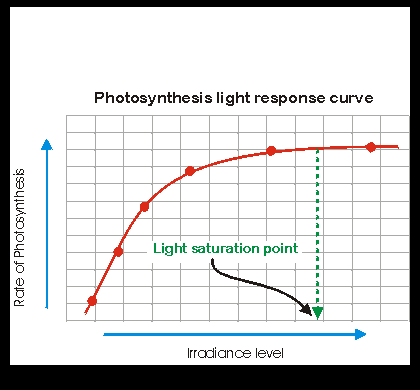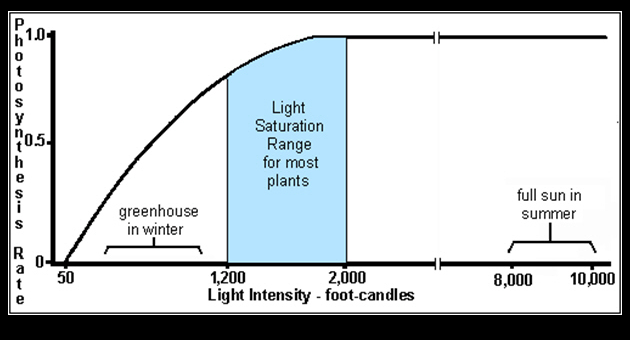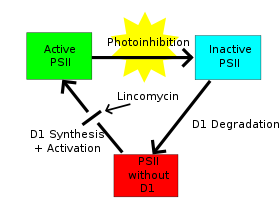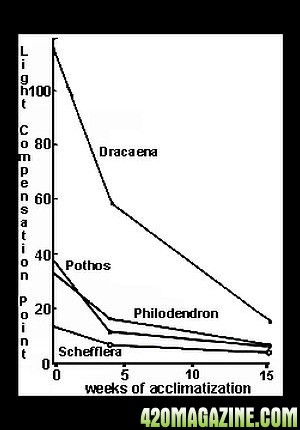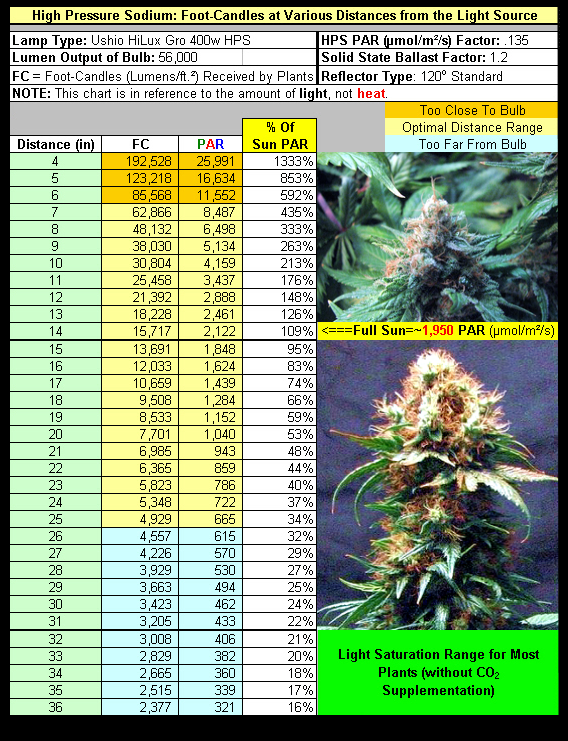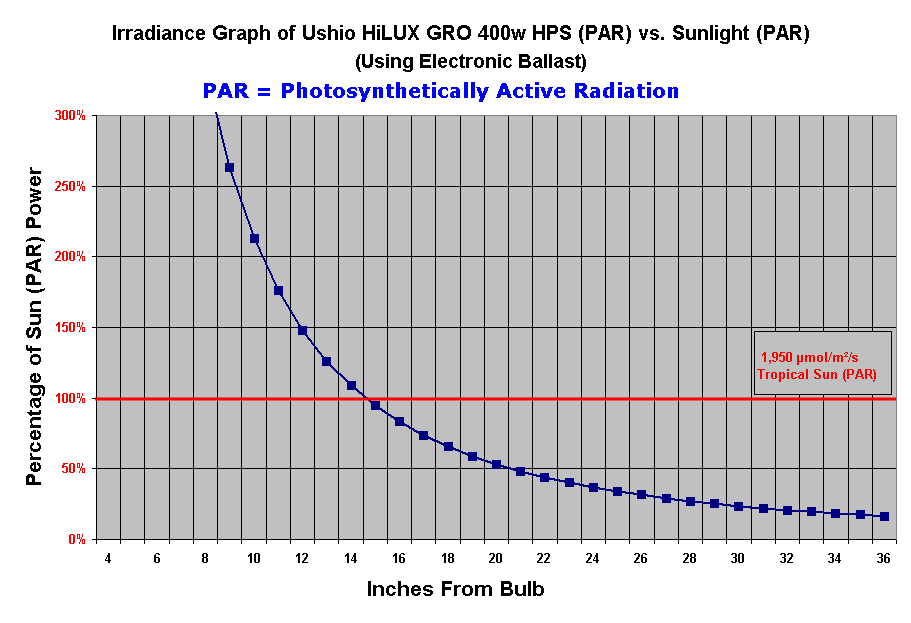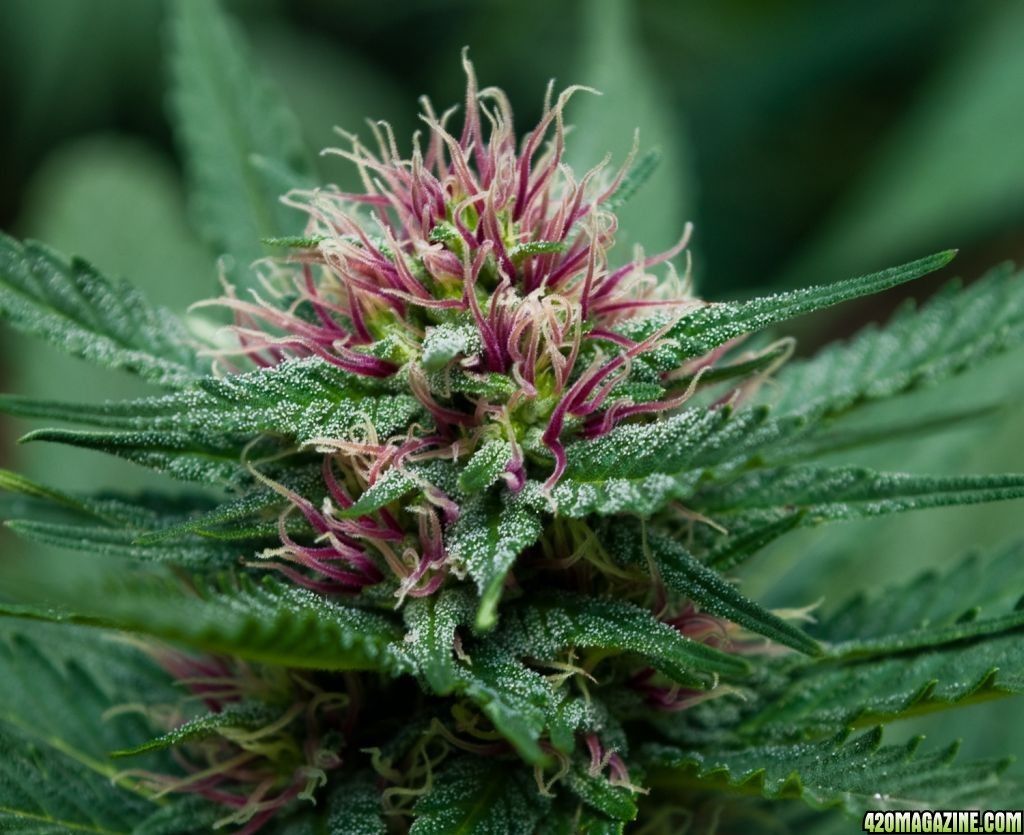Re: 420 Cannasumer Reports Competition - GrowLEDHydro 300w LED vs. 400w HID
That is a stunningly beautiful plant.
Now, I know this can be a touchy subject, so please know that I have no agenda other than curiosity when I ask if your predilection for purple is purely aesthetic, or whether there is some general correlation between purple and potency, or purple and other psychoactive properties?
That is a stunningly beautiful plant.
Now, I know this can be a touchy subject, so please know that I have no agenda other than curiosity when I ask if your predilection for purple is purely aesthetic, or whether there is some general correlation between purple and potency, or purple and other psychoactive properties?



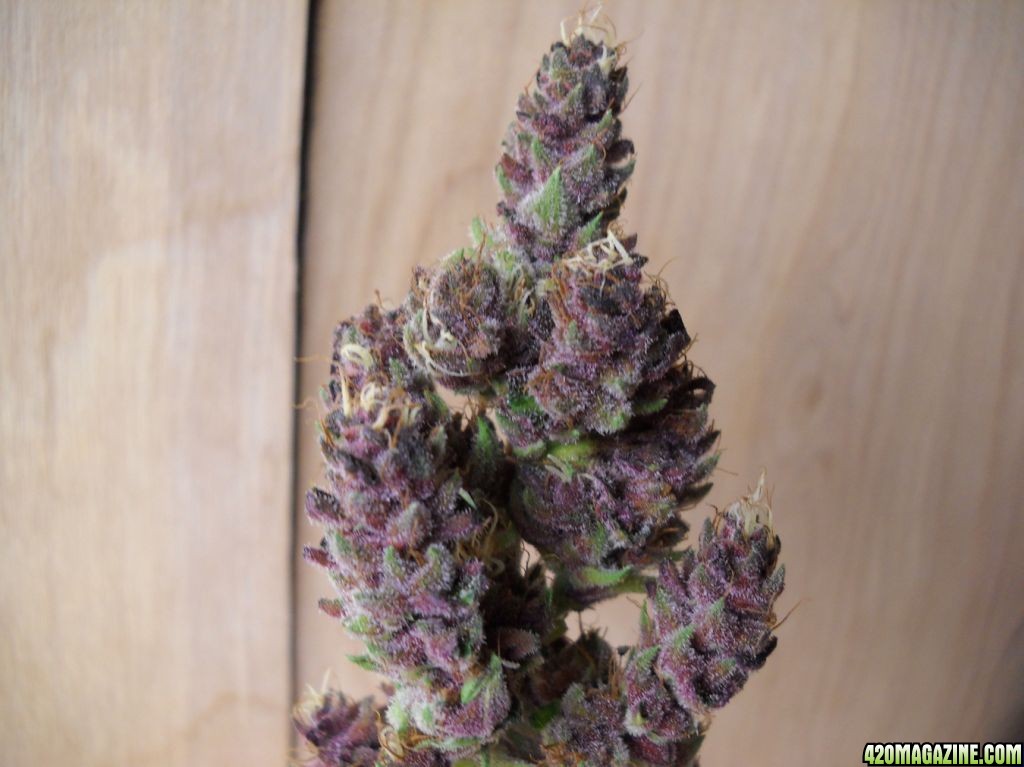





 Easy to start the plants closer in and move 'em towards the walls as required. No worries there. Nature loves symmetry, too.
Easy to start the plants closer in and move 'em towards the walls as required. No worries there. Nature loves symmetry, too. 

